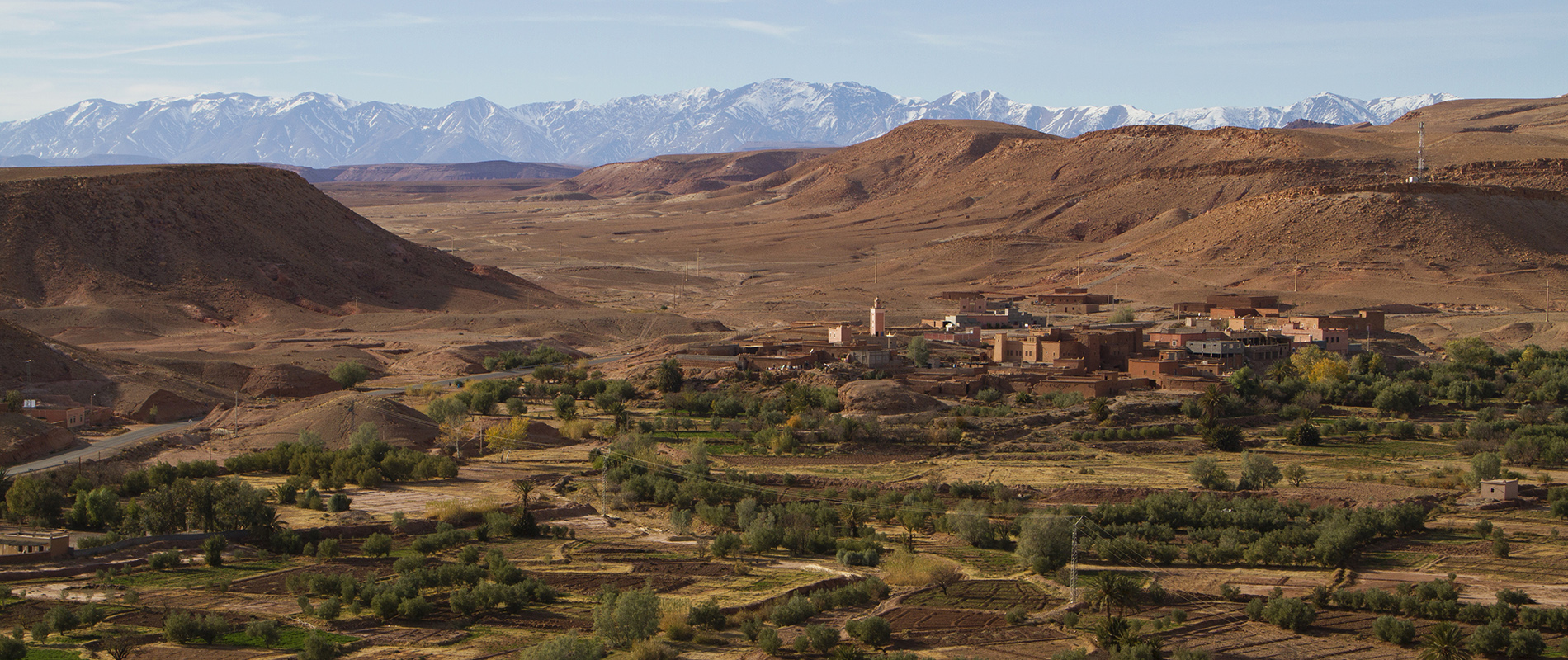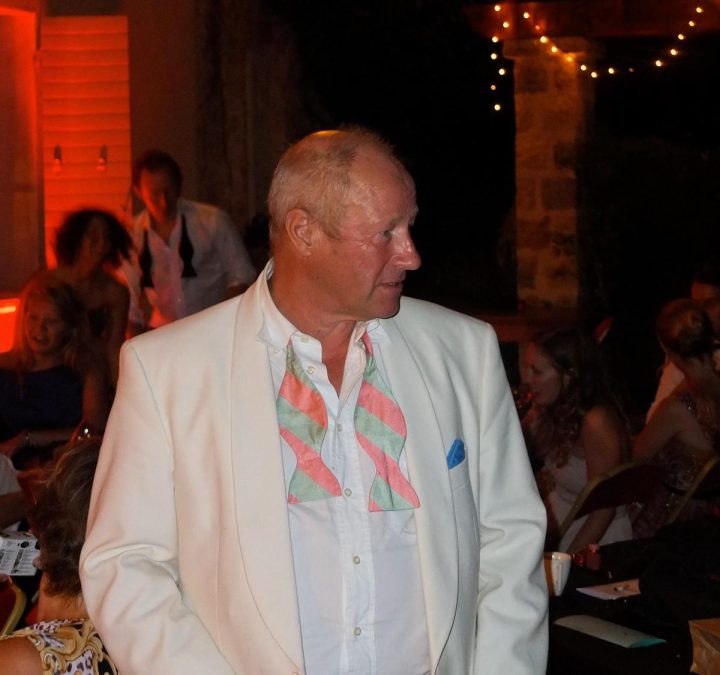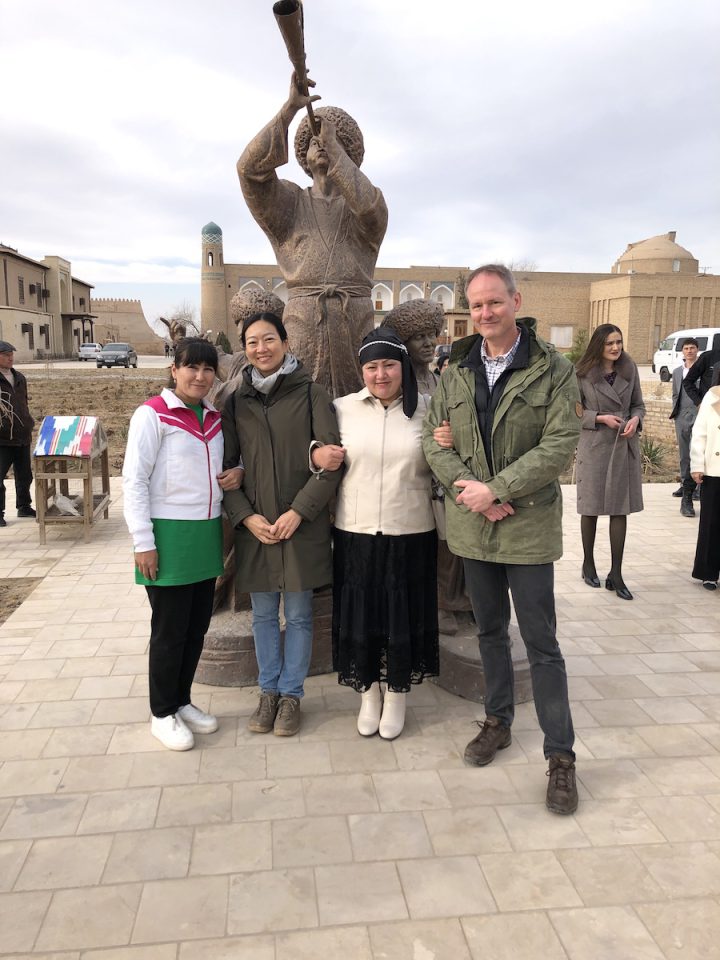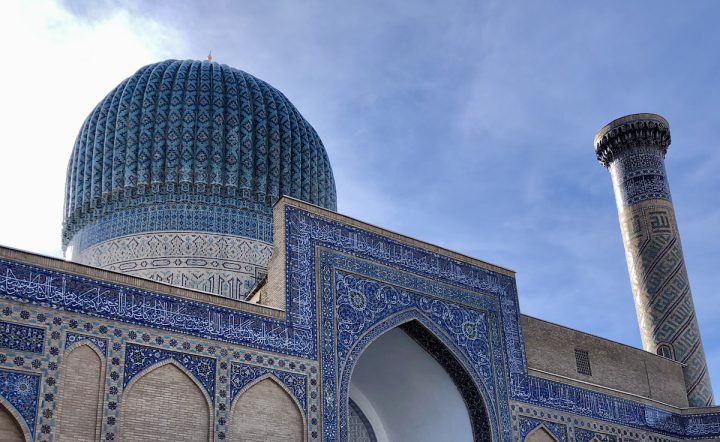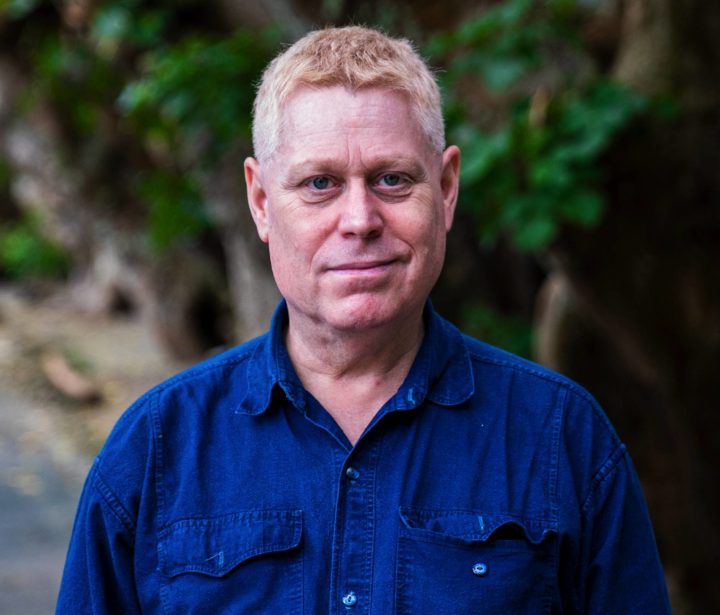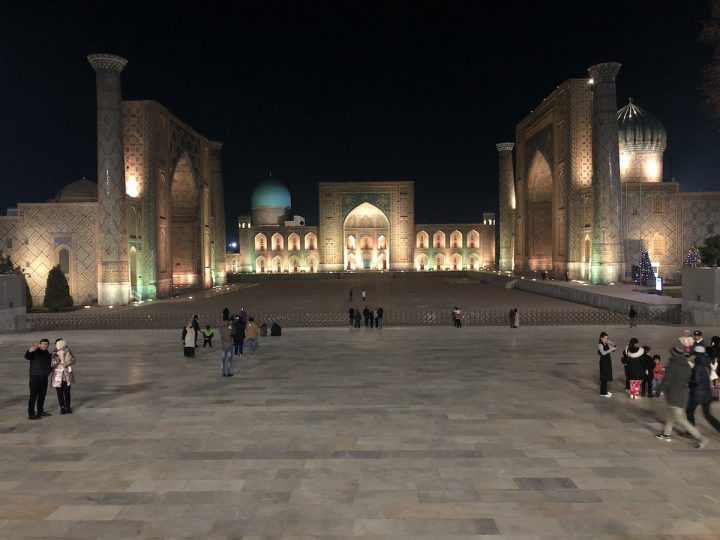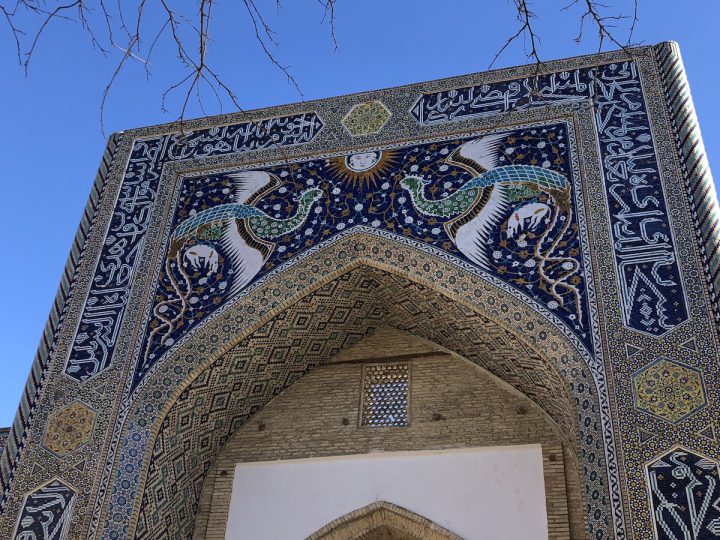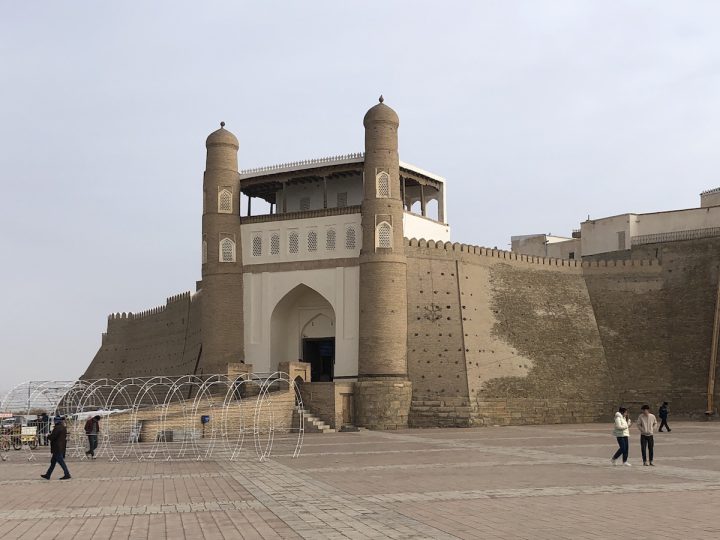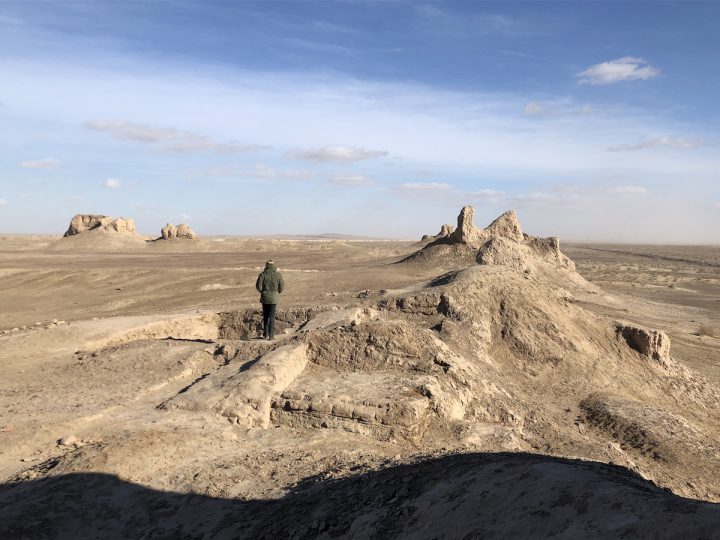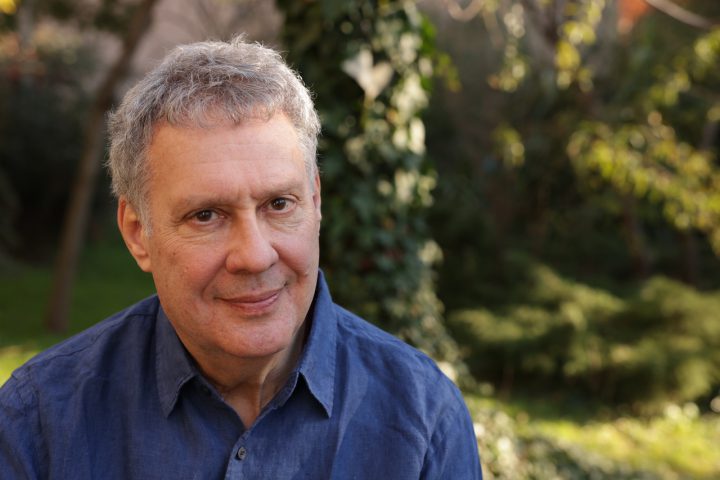
Andrew Finkel In the late 1800s, during the Victorian era, a moderately successful doctor in Southsea created a fictional character so compelling that people wrote letters to him asking for help. Arthur Conan Doyle wrote the novel A Study in Scarlet at age 27, in less than three weeks. The book didn’t attract much interest, but he went on to write a second novel with a little nudge from Oscar...
